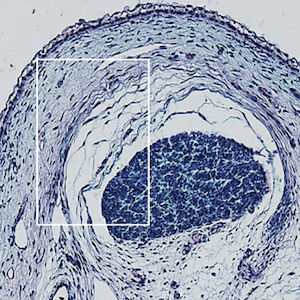The history of antiphospholipid syndrome

All claims expressed in this article are solely those of the authors and do not necessarily represent those of their affiliated organizations, or those of the publisher, the editors and the reviewers. Any product that may be evaluated in this article or claim that may be made by its manufacturer is not guaranteed or endorsed by the publisher.
Authors
Antiphospholipid Syndrome (APS) is an autoimmune disease which was defined in the early 1980s. The principal features include thromboembolic events and/or pregnancy losses in association with antiphospholipid antibodies (aPL). As an historical note, the full-blown picture of the syndrome resembles the illness suffered by Anne Stuart, Queen of England in the XVIII century, whose repeated miscarriages caused the end of the royal Stuart line and the Hanoverian succession. The identification of aPL started in the early XX century and was linked to the introduction of the serological test for the diagnosis of syphilis. This involves a reaction between an antibody (reagin) and a phospholipid antigen derived from bovine heart (cardiolipin). Later on, it was observed that not all subjects with a positive test had syphilis, and that the so called “false positive reaction” was often reported in patients with systemic lupus erythematosus. Different tests for the identification of aPL were subsequently developed: first lupus anticoagulant (1971) and then immunoassays for anticardiolipin (1983) and anti-beta2 glycoprotein I (1990) antibodies. In the same period the association between the presence of circulating aPL and thrombotic and obstetric events was established, both in patients with autoimmune diseases and in otherwise healthy subjects, leading to the identification of APS as a distinct autoimmune disease. This has allowed better diagnosis and more targeted treatment for many patients.

This work is licensed under a Creative Commons Attribution-NonCommercial 4.0 International License.
PAGEPress has chosen to apply the Creative Commons Attribution NonCommercial 4.0 International License (CC BY-NC 4.0) to all manuscripts to be published.










